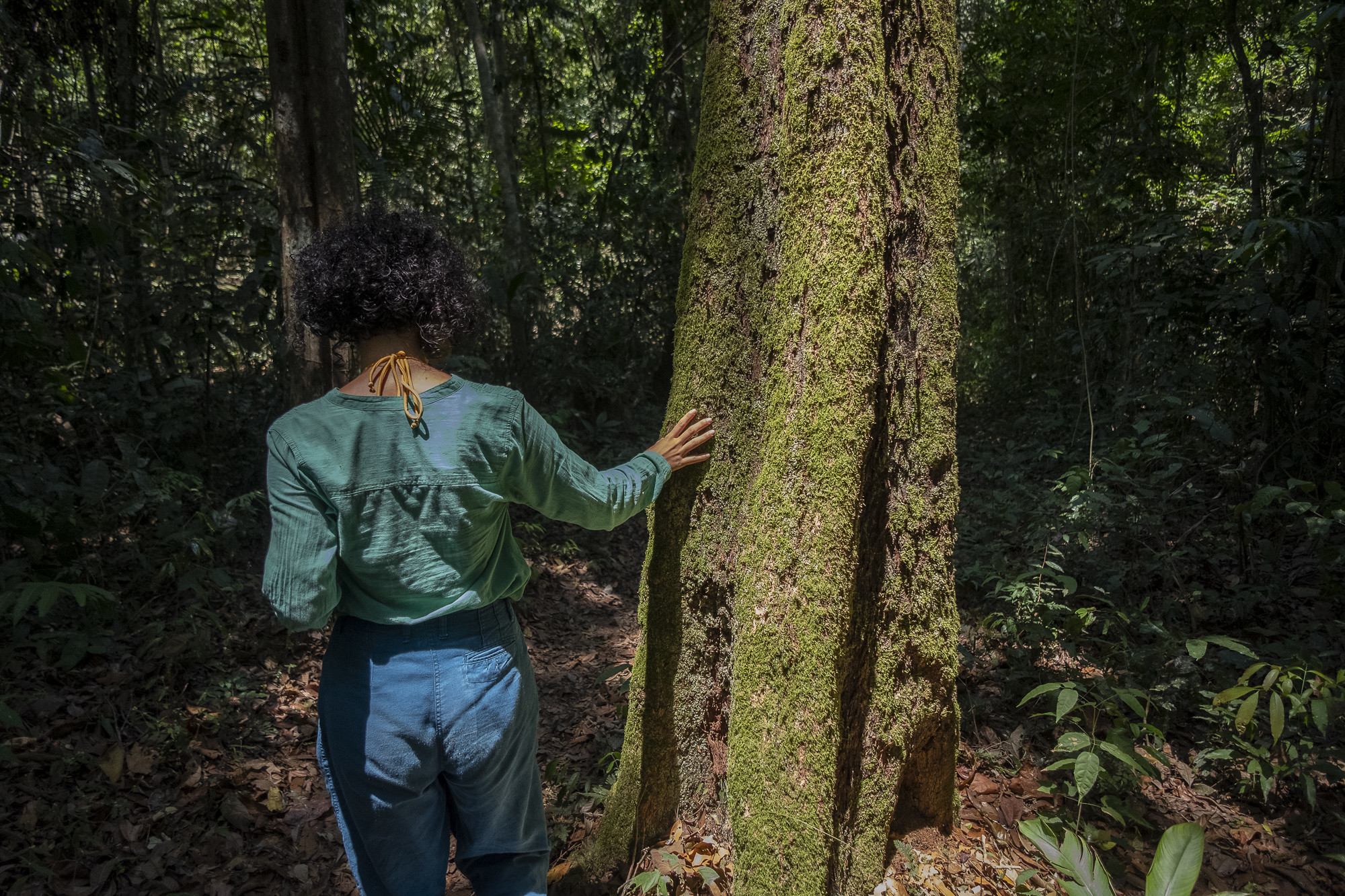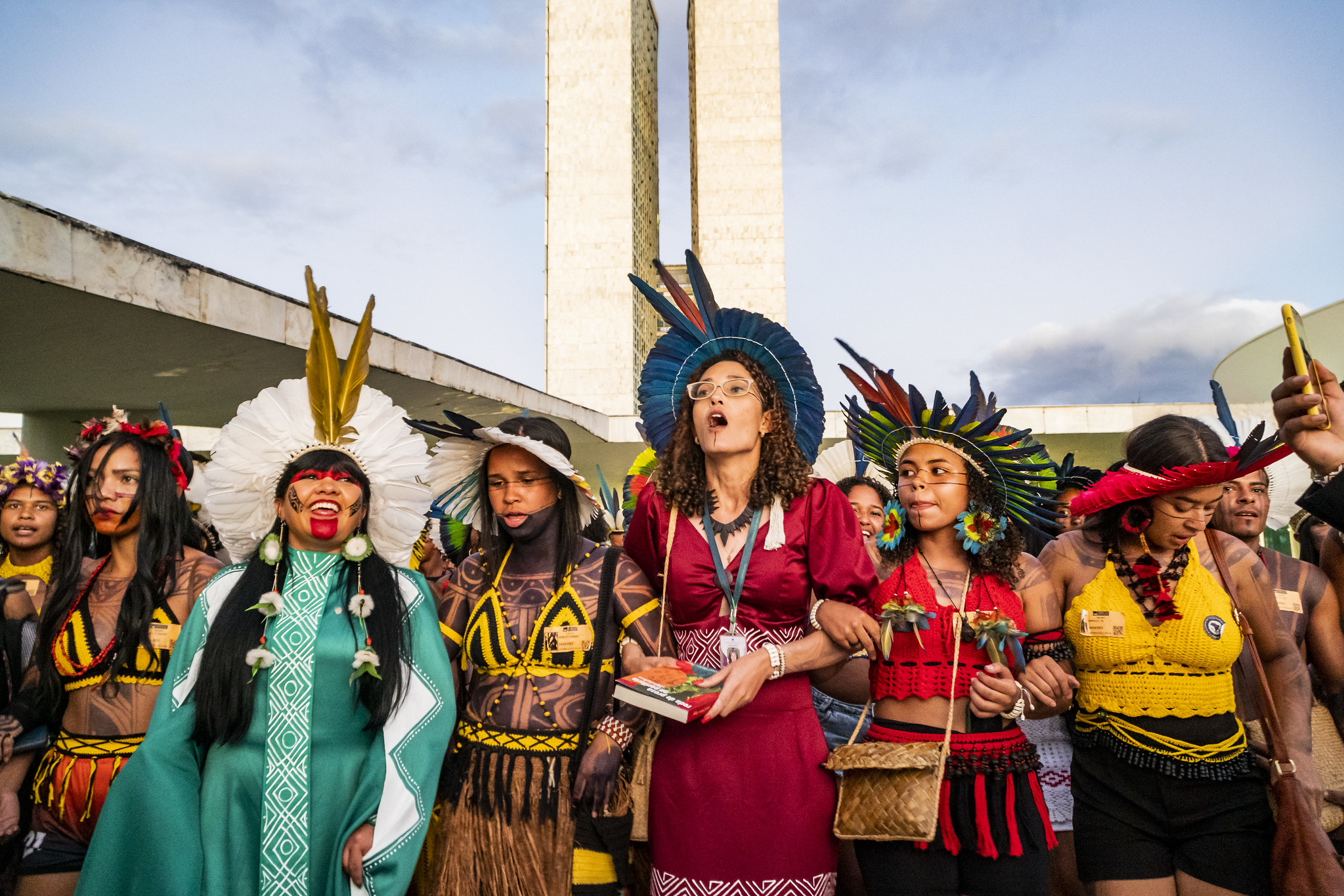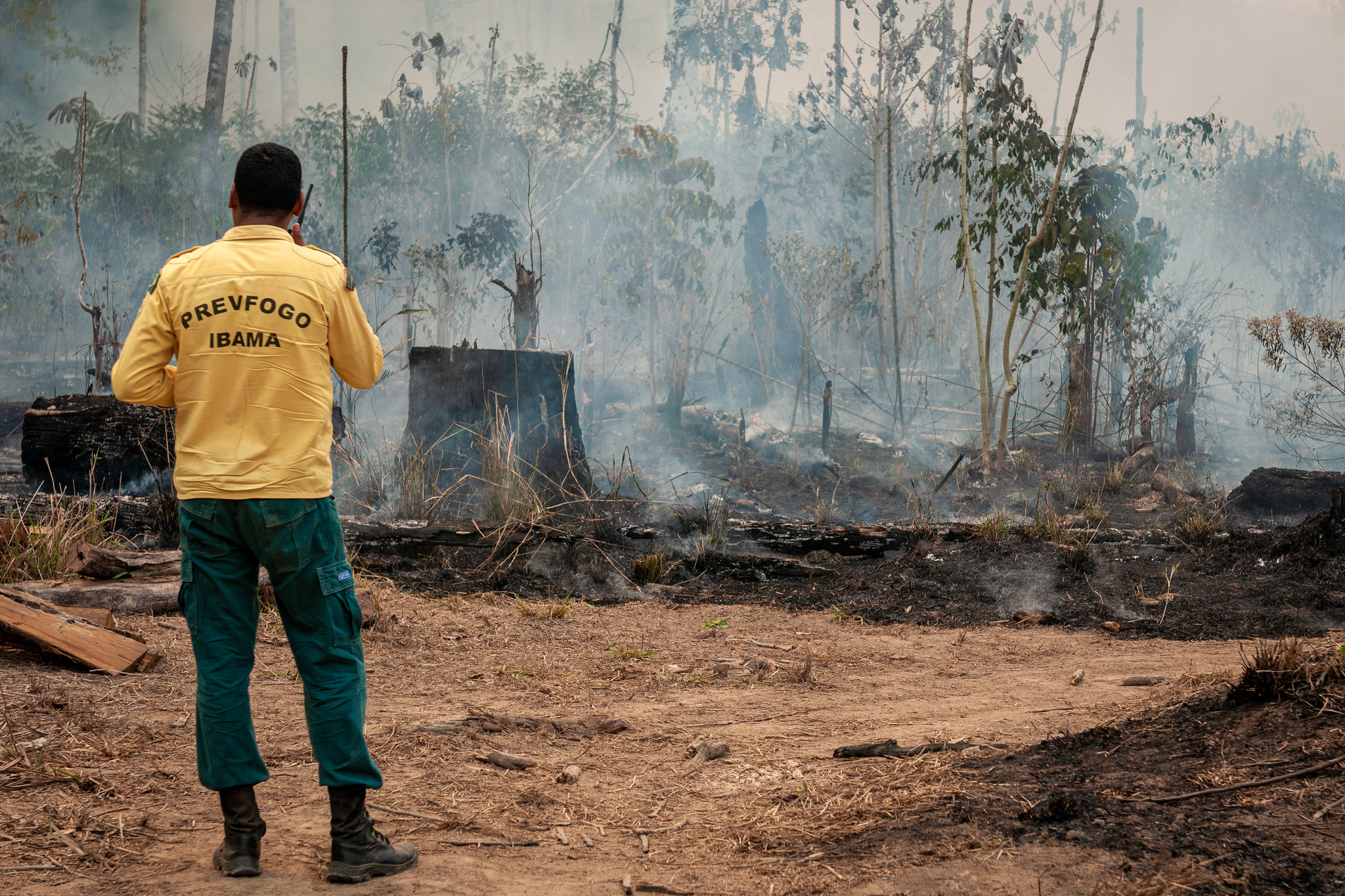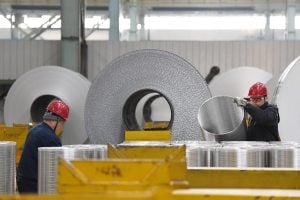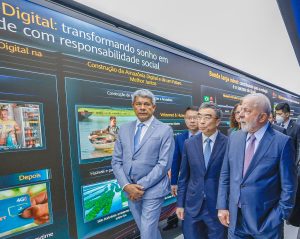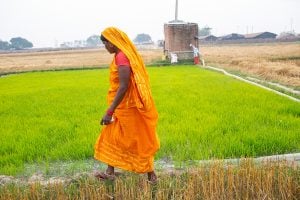As Brazil prepares to host COP30 in the city of Belém in 2025, the country has moved closer to establishing one of the first major carbon emissions trading systems in the developing world.
With the world’s largest area of rainforest, Brazil plays a critical role in providing a natural buffer against rising temperatures. Analysts hope the creation of a carbon pricing mechanism will disincentivise domestic heavy industries from polluting, while providing billions in national and international capital for nature-based projects to preserve and restore forest.
Brazil is the world’s sixth largest emitter of greenhouse gases. It has pledged to cut emissions 53% below 2005 levels by 2030 and reach carbon neutrality by 2050 under the Paris Agreement. Its ability to reach that target will depend largely on cutting emissions from deforestation and agriculture, which together account for nearly 75% of its total releases.
President Luiz Inácio Lula da Silva’s most immediate victory since returning to power in 2023 was to halve deforestation in the Amazon rainforest, bringing levels to a five-year low. Deforestation had soared under his predecessor, Jair Bolsonaro, leading to harsh assessments from climate action trackers.
Beyond cutting deforestation, Brazil will also need to rein in emissions from agriculture, energy and heavy industries such as steel and cement in order to meet its targets.
The federal government hopes to pass the bill to create a carbon market before COP30. After years of anticipation, the legislation has become subject to a tug of war between both houses of congress. Critics say its purpose of driving real emissions reductions across the Brazilian economy could yet be severely undermined by the proposal to exclude agriculture from its regulations entirely.
High potential, big gaps
The Brazilian Greenhouse Gas Emissions Trading System being discussed is modelled on the carbon pricing mechanism in the European Union. That scheme, introduced in 2005, has been a significant success, contributing to emissions from covered sectors in the bloc decreasing by roughly 40%. So far in Latin America, only Mexico has a major emissions trading system (ETS) comparable to that of Europe. Elsewhere, India, Turkey and Indonesia are all moving towards carbon pricing schemes. Meanwhile, China has the world’s largest emissions trading scheme.
Under an ETS, often called a “cap-and-trade” programme, the government sets an overall cap on allowed emissions, distributes allowances to companies, then lets the market determine the pricing as companies buy and sell allowances based on their own emissions. In this way, it is hoped that companies will cut their own emissions and provide funds for emissions-reduction projects, including in forestry.
Impetus has also been given to the Brazilian initiative by the expected growth in the international market in carbon credits, both in regulated schemes (also known as mandatory or compliance markets) and voluntary programmes. Given the country’s potential to provide nature-based solutions that can be carbon negative, it is expected that a rigorous carbon market in Brazil could receive billions of dollars from international companies and other actors globally who wish to offset their carbon footprint by contributing to forest preservation.
The consultancy firm McKinsey has estimated that Brazil could receive USD 15 billion from the voluntary market alone by 2030. Brazil’s International Chamber of Commerce is even more ambitious, claiming that USD 120 billion in revenue from both regulated and voluntary markets is possible in the same period.
While the economic upside is clear, much work remains to be done to ensure the carbon market is created in way that is transparent, rigorous and ensures genuine positive action. As the bill continues to pass between both houses of the Brazilian congress, one issue has proven particularly contentious: the complete exemption of the agriculture sector from any future involvement in the programme, despite its significant footprint. Brazilian beef is a notable omission, with studies estimating that, if it were ranked alongside countries, deforestation and emissions from livestock would be the seventh largest emitter of greenhouse gases on the planet.
The issue is complex. In Europe, rural producers are not tracked in the bloc’s carbon market. In part, this is because of challenges in tracking emissions from farms, but according to specialists this should not justify the exemption of Brazil’s farms from the draft law.
“The exclusion of agriculture is not justified at this time, just as no other sector should be excluded now,” says Caroline Dihl Prolo, an environmental lawyer in Brazil who specialises in carbon markets. “The law should be comprehensive to all sectors, so that regulation can later define which sectors will be addressed initially. But the exclusion of agriculture in the law at this stage was the result of a lot of political pressure from the agribusiness sector.”
Credibility and land grab concerns
The government intends for the proposed ETS to cover companies emitting over 10,000 tonnes of carbon dioxide equivalent annually, across major polluting sectors such as steel, cement, chemicals, and aluminium. Companies with emissions higher than the threshold would need to prove they hold the required quotas, and if necessary, buy them from other firms or carbon projects.
The proposed Brazilian law contains one innovation not currently included in the European ETS.
In addition to being able to purchase credit from public auctions under the regulated marketplace that will be run by the federal government, companies will also be able to acquire voluntary credit obtained through specific projects that have been proven to capture carbon by natural means. This interoperability means that assets from the voluntary market could migrate to the regulated market.
What cannot happen is for any credit generated anywhere in the country to be known and operable anywhere. Brazil would be known as the carbon laundry of the worldAlexandre Prado, WWF Brazil
“Interoperability can be interesting as long as it has a low ceiling on the voluntary credits it is possible for a company to buy,” says Alexandre Prado, the Climate Change lead at WWF Brazil. “If you make access too easy, the company won’t do anything, as it will be much cheaper to buy a carbon credit than to make changes to its technological matrix, which is what we need.”
Experts say this will require careful regulation to ensure that the voluntary credits are genuinely helping to reduce deforestation, as many have been shown to have little real-world impact.
“What cannot happen is for any credit generated anywhere in the country to be known and operable anywhere,” says Prado. “Brazil would be known as the carbon laundry of the world. Our credit will have very little value. It won’t have credibility on the international market. Large international companies, or even countries, they will not want to buy credits from Brazil.”
The bill is still being debated by the senate and did not pass in the first semester of 2024 as the government had hoped. Now, with tensions between the two houses of congress as to who gets the final say on the details of the law, the expectation is that it might proceed towards the end of this year, or even in 2025. Even once it does, the question of which forestry projects will be able to sell such carbon credits will be left for the government to regulate in the future.
These delays and questions have not prevented a rush of companies seeking to strike long-term deals with Indigenous communities and other forest stewards to be able to monetise the rainforest.
In 2022, Shell invested USD 40 million in 2022 to acquire a stake in Carbonext, a Brazilian carbon credit developer that has since been accused of pressuring Indigenous leaders in the Amazon to sign contracts with blank pages, and offering advance payments for exclusive rights to their lands’ carbon credits. The company has denied the allegations.
Elsewhere, last month, Brazil’s federal police arrested four people over an alleged scam to illegally appropriate 500,000 hectares of forest to generate carbon credits worth USD 32 million. Verra, the largest registry of voluntary carbon credits, has since suspended three projects, whose credits had been bought by Brazilian airline GOL, food delivery app iFood, and the Itaú bank.
Another investigation linked eighteen carbon credit projects to a company called Indigenous Carbon, which reportedly has ties to an American businessman accused of grabbing public lands by the Public Defender’s Office of Pará state.
Specialists warn, as well, that it is a long road to full implementation of the system.
“After approval, it will still take at least five years for this carbon market to actually become operational because the law is a general menu that will then need to be implemented,” says Guarany Osório, of the Centre of Sustainability Studies at the Getulio Vargas Foundation.
“This is a component of a climate policy that must be coordinated with different instruments. Brazil has many peculiarities in different sectors, and we must think that this is a piece of gear. The carbon market will not solve all sectors and all our emissions. Instead, it will have a specific role as an important piece in this puzzle that Brazil is looking to solve.”
